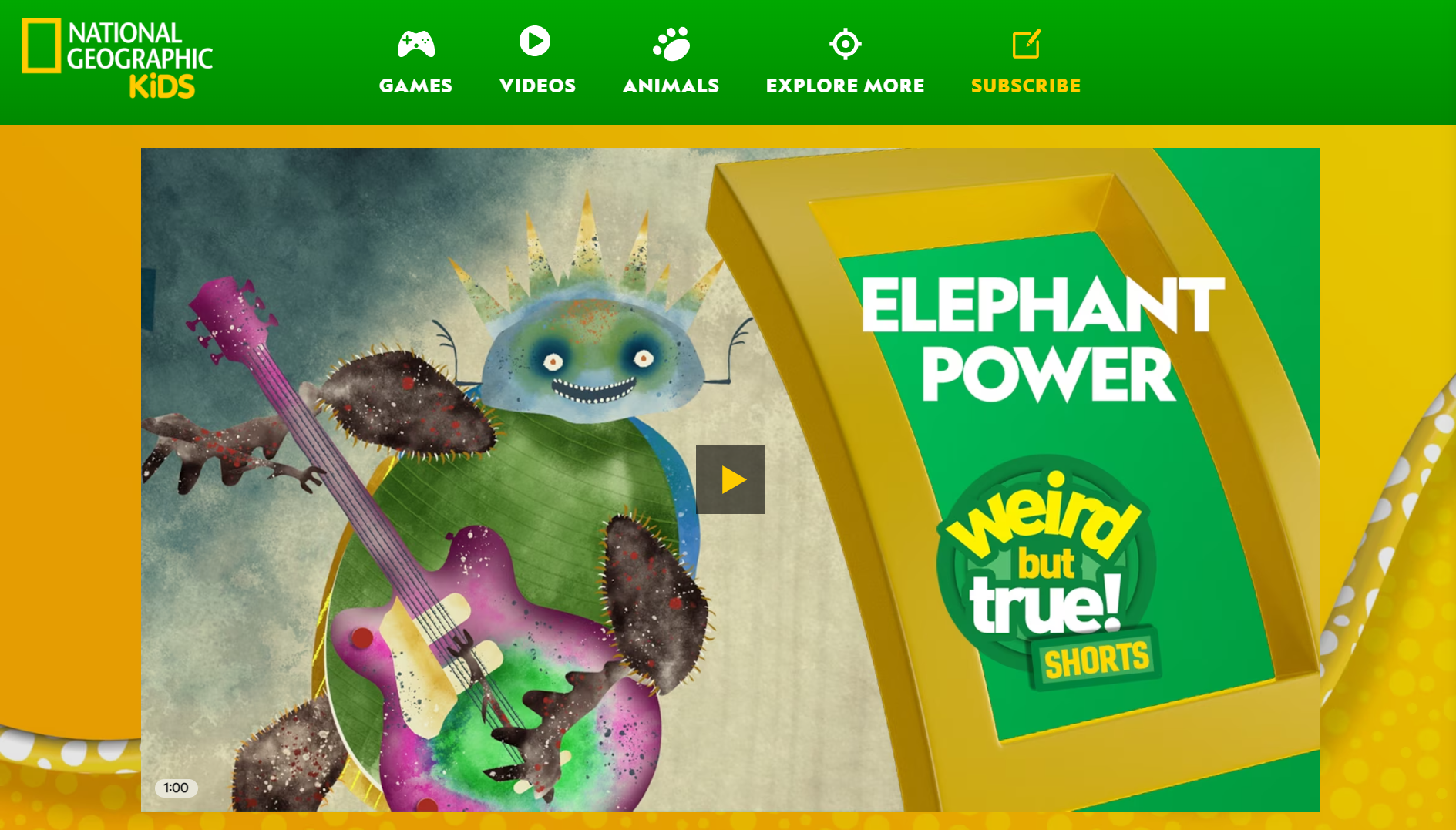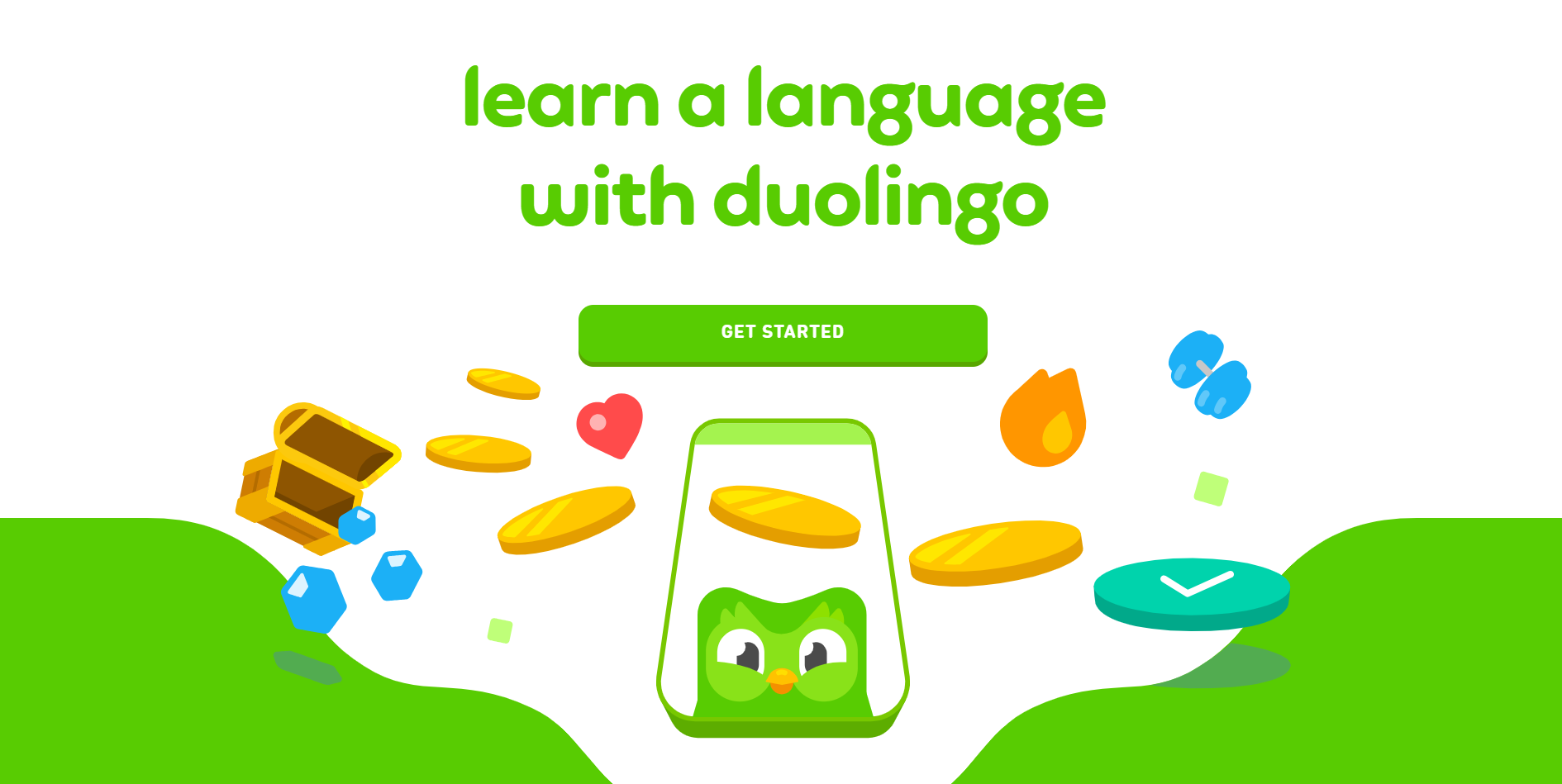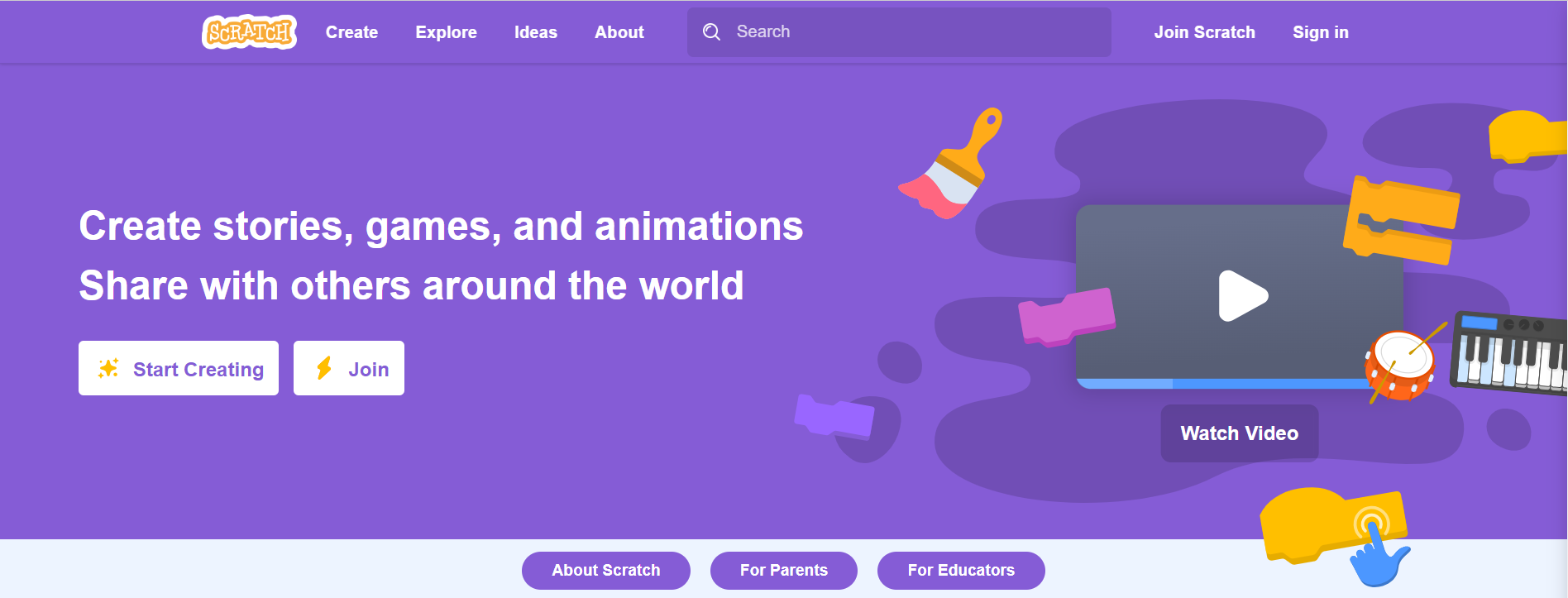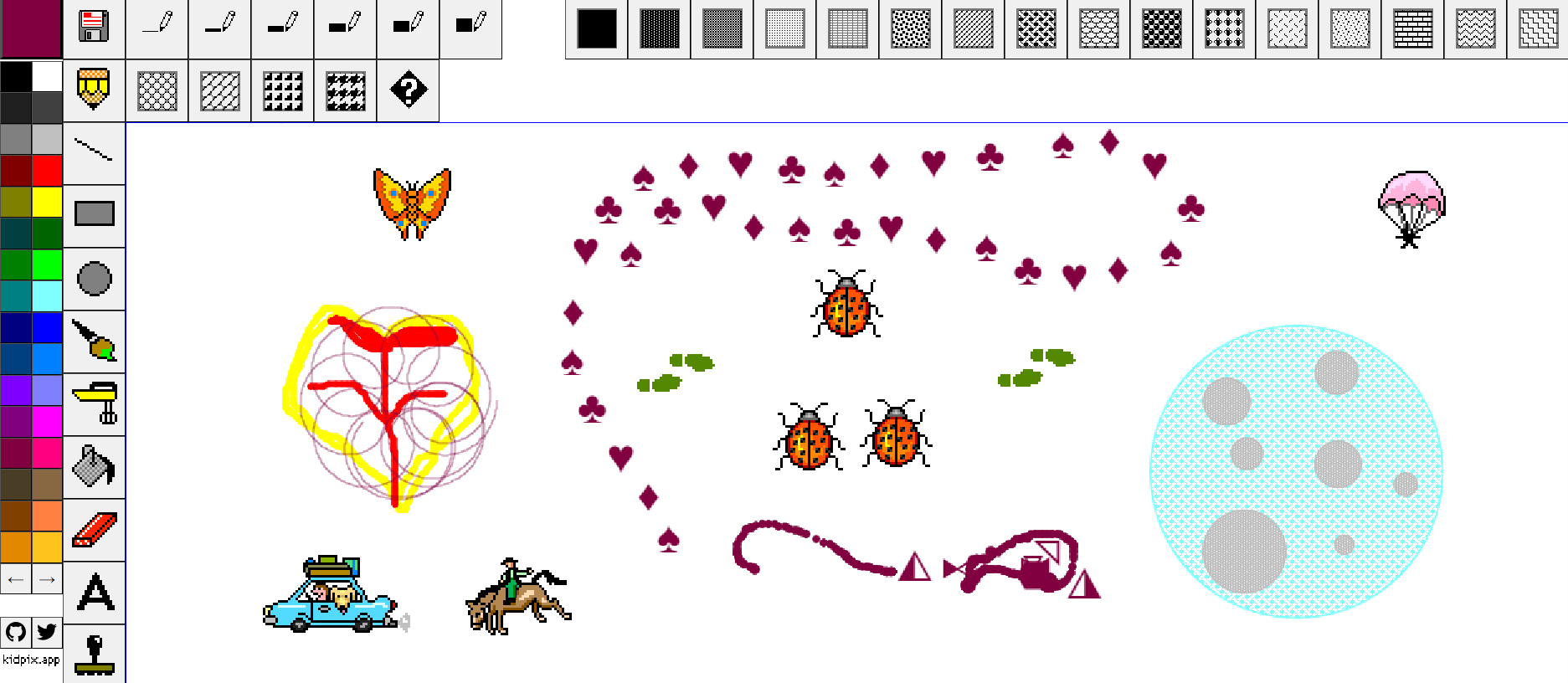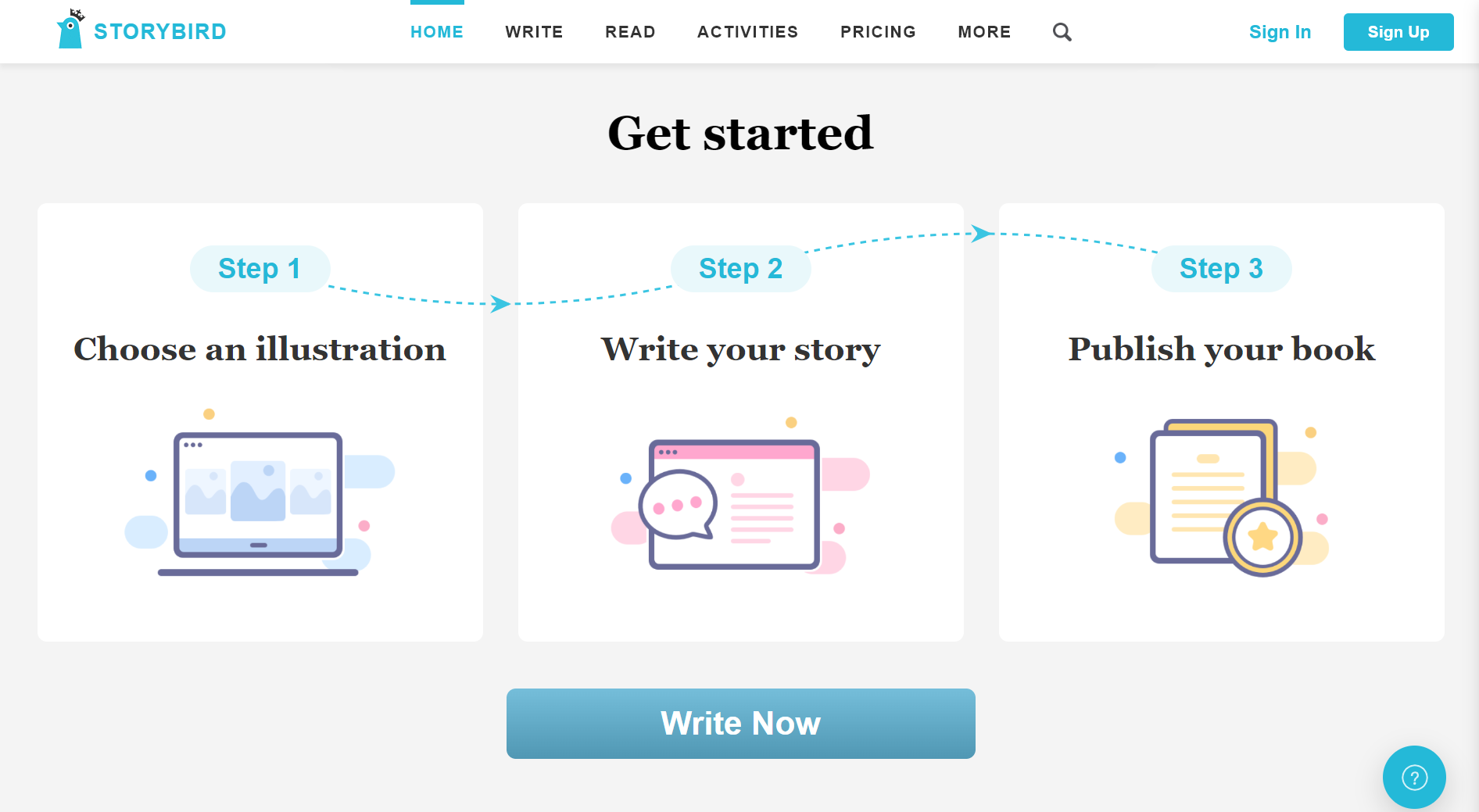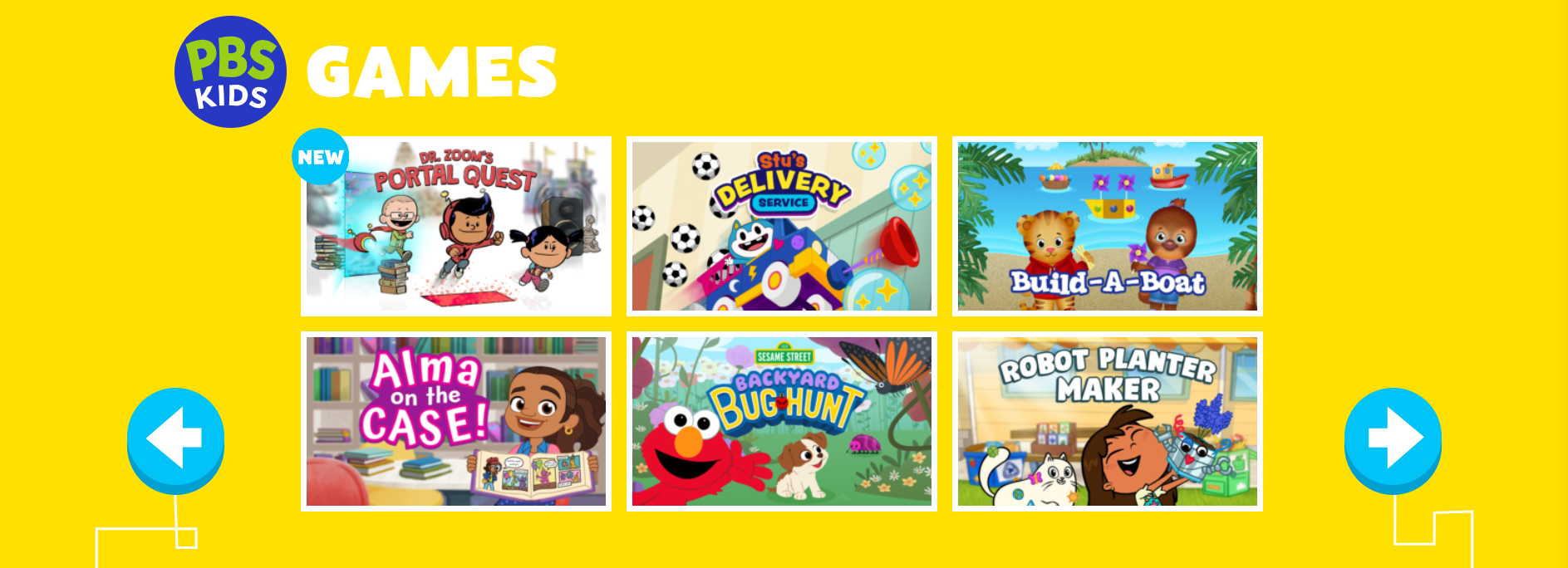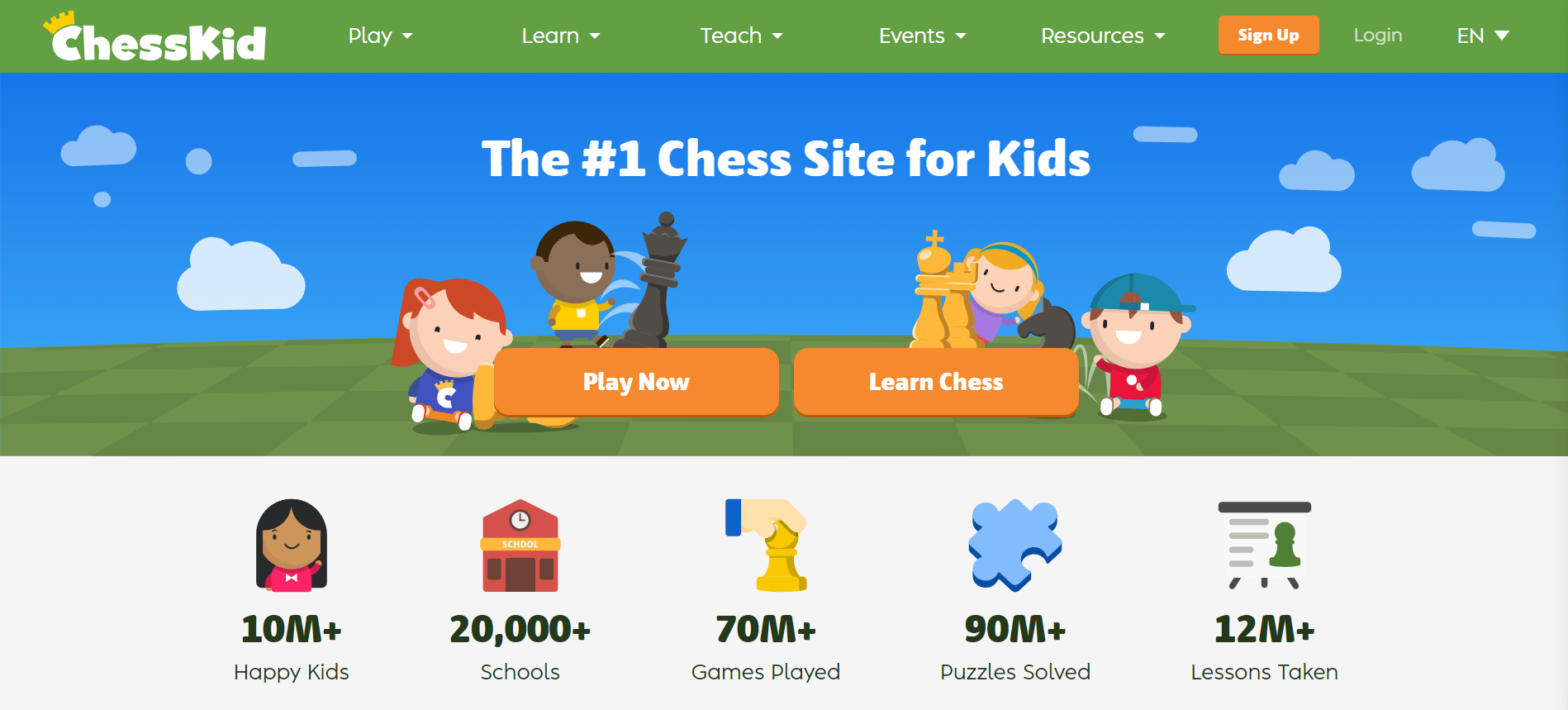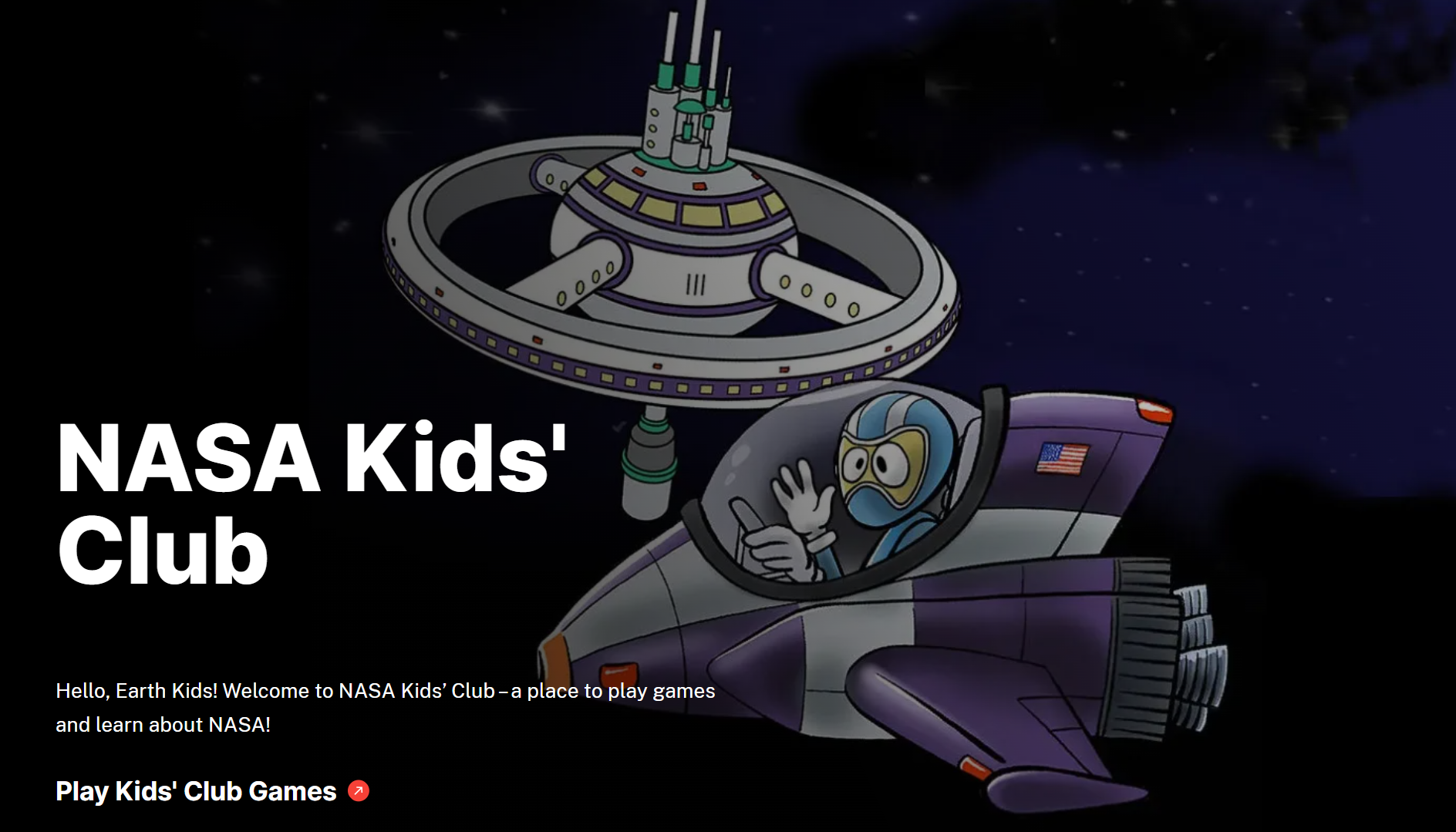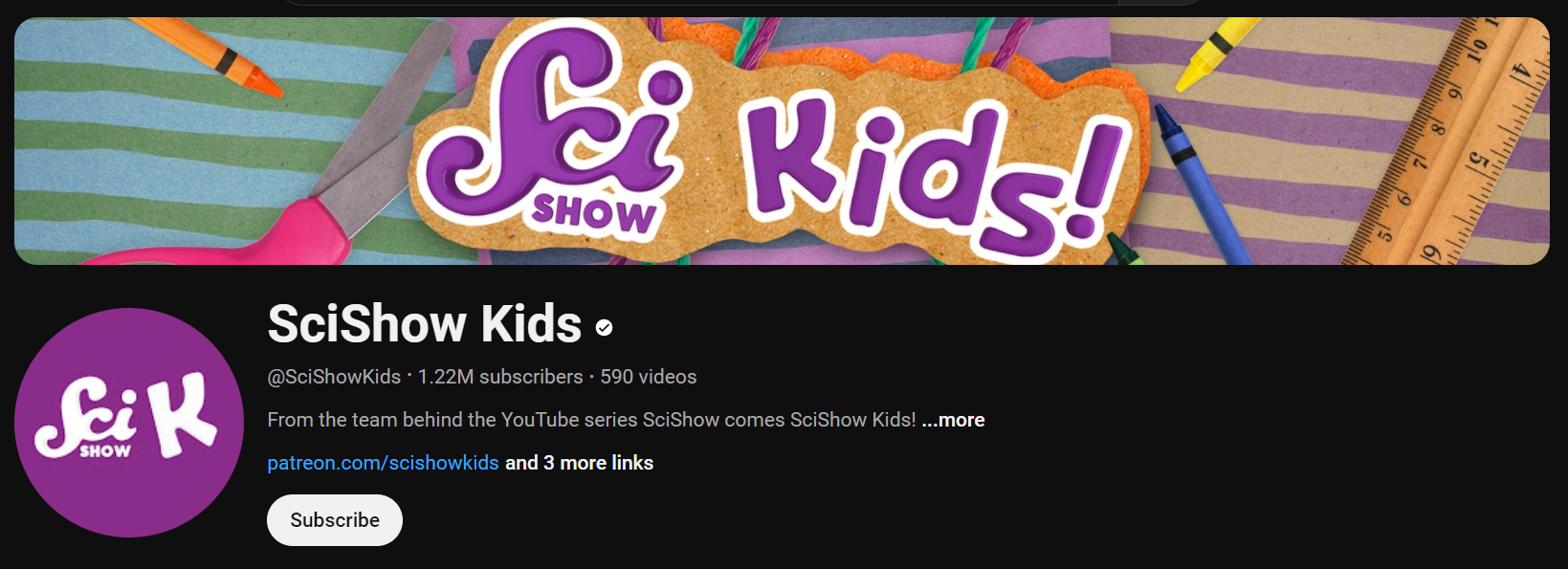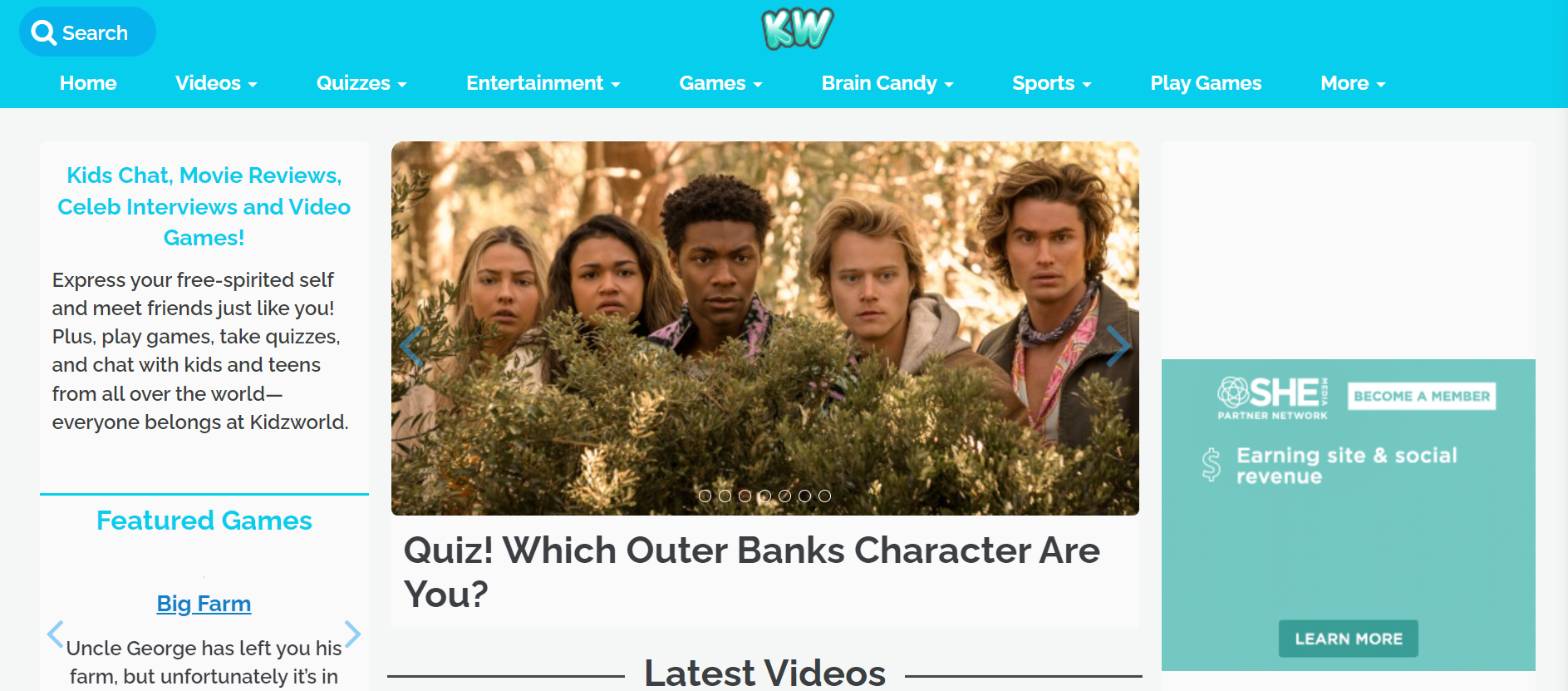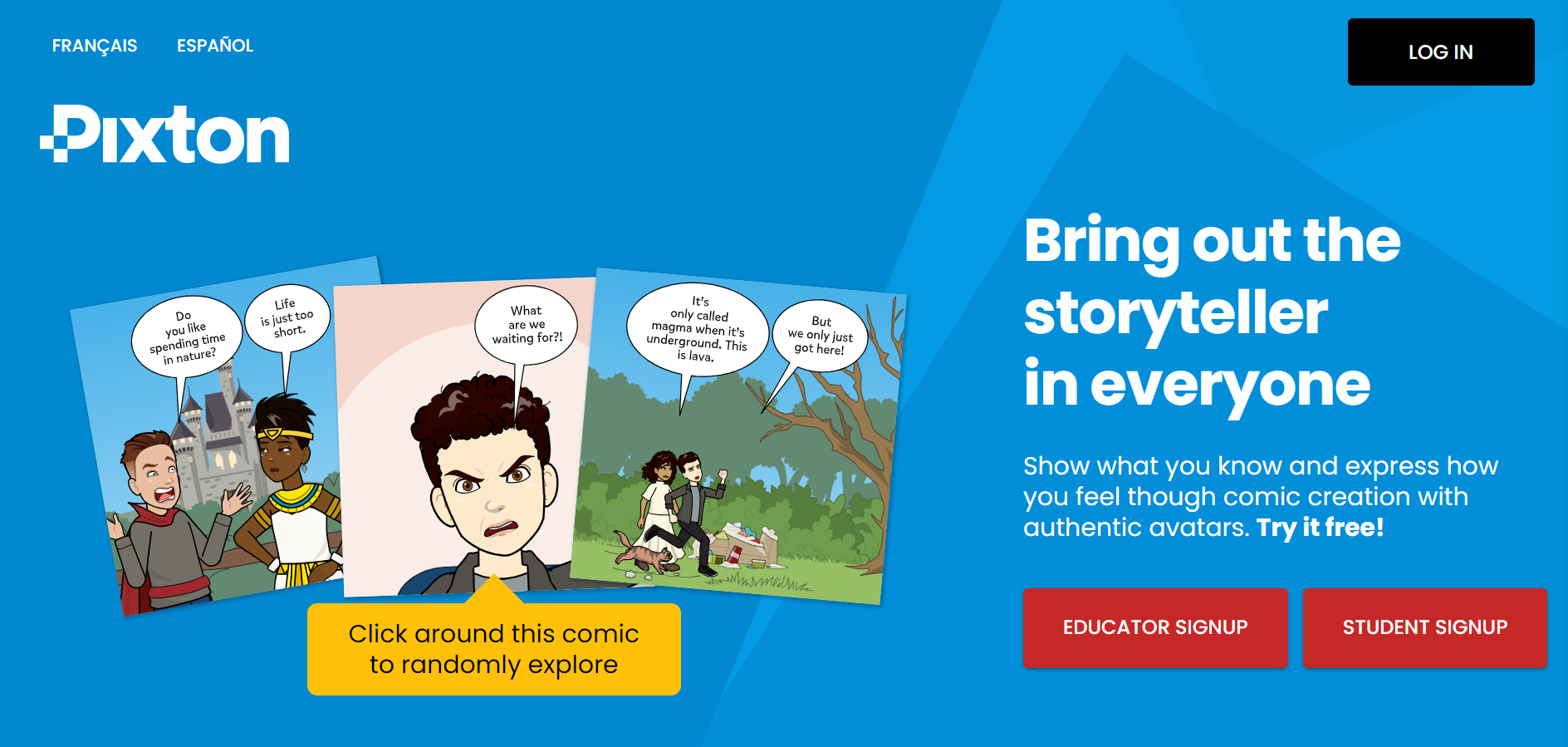As an older sibling, I’ve had my fair share of prying devices from reluctant hands. But what if screen time could be both fun and educational—instead of just time-wasting entertainment?
Turns out there are heaps of websites aimed at turning kids’ idle scrolling into opportunities for learning and creativity—and most are completely free.
I still remember reading my encyclopedias as a teenager, learning about nature, animals, the human body, etc., and feeling like I was on cloud 9. Looking back now, I see how National Geographic Kids is better than my encyclopedias (which I still have, mind you).
This website combines learning with interactive fun. It doesn’t just throw out carefully arranged information. Your kids can explore animals, nature, science, and geography and have fun while at it, thanks to the videos, games, and fun magazines.
National Geographic Kids is ideal for introducing younger children to the marvels of the world around them, but there’s also something for older teens.
Duolingo makes learning a new language so much more exciting and rewarding. As an adult who’s achieved intermediate language proficiency in a new language solely because of this site, I can assure you that Duolingo works.
Moreover, kids typically find it easier to learn new languages. Throw in Duo’s bite-sized, gamified lessons, fun animations, challenges, and achievements, and you’ll have polyglots in your home before you know it.
In addition to learning new languages, your kids can also explore Duo’s Music and Math courses.
Computer coding is increasingly popular, especially as future jobs will likely rely on coding skills. Scratch, a free coding community for children, is a great resource if you’d like to give your kids a head start.
With Scratch, children can learn how programming languages work and build passion. Although it mainly focuses on coding logic rather than syntax, it’s still a great start for kids who’ll go on to master Python, C#, and other powerful languages.
This website was created for children aged 8–16, but it can also be used by those younger or a bit older. If you find it especially impactful, you’re welcome to donate so it’s available to even more people.
This website should be nostalgic for you as a Gen Xer (or older). Plus, chances are you loved KidPix as a kid.
The first version is still available for free as a web program for your kids to explore their artistic abilities. While it’s a bit limited, it still offers a canvas they can write on, drawing tools, erasers, insertable characters, and so much more.
It’s a drawing program that’s simple enough to use but challenging enough for your kids to develop digital design skills.
Storybird encourages creative writing and reading comprehension, making it a fantastic website for budding authors.
On a free plan, your kids can create picture books, long-form stories, comics, or poems using any of Storybird’s curated artworks by professional illustrators. They can also publish their creations, read any book in the library, and study the how-to writing guides.
If you’re willing to pay, there are also educational writing courses for students in elementary school or high school.
Maybe you’re not sure yet where your child’s interests lie. To get an idea of their passions, your child can play reading games, feelings games, space games, and more.
This website is designed for kids younger than eight, so it’s a great resource for childhood brain development.
PBS Kids Games offers more than educational games. There are podcasts, coloring cards, videos, etc., with popular characters like Arthur and Curious George.
This is another fun and educational website for little children, specifically kindergartners to grade 6 students.
Your children don’t have to grow up hating math. With Math Playground, mathematics becomes an adventure thanks to all the games designed to improve basic math skills.
From fraction games to algebra puzzles, it’s a great resource for kids to practice and learn math while having fun.
Many people say chess is a smart people game because you need a great memory, good pattern recognition, strategic thinking, and calculation skills. If your kids start learning chess from a young age, they’ll be more likely to grow up with excellent thinking and reasoning abilities.
Thankfully, Chess Kid makes it easy and fun for children to learn chess. The site provides free step-by-step video tutorials, puzzles, and live games. An upgrade would allow you to access an unlimited number of puzzles, videos, etc., but the free version is typically good enough.
Ever wish you could take your kids on a history tour without leaving home? The Smithsonian Institution, which includes several education centers, museums, and research centers, is one of your best bets.
Smithsonian offers virtual tours and interactive online events sponsored by one of its museums or centers. These tours and events—for kids and families—allow children to learn about writing, ancient civilizations, and more.
Not all events are for children, but a good number are available for kids of different age groups. To keep track of events, sign up for the Smithsonian e-news.
The Nature Conservancy’s virtual field trips offer another way to take your kids on a global adventure without leaving home. From exploring coral reefs to visiting conservation centers, these field trips provide an immersive way to learn about conservation and nature.
They are designed for ages 9-15, but you can easily adapt them for younger or older explorers. The accompanying teacher guide and student activities make the trips perfect for family learning adventures or homeschooling.
NASA Kids’ Club is a hub of space-themed games, activities, and facts. Kids can learn about planets, space missions, climate change, and lots more in a fun, interactive way while fostering a love for science and space exploration.
They can also learn about astronauts who are currently in space, like how I learned about Suni, the first person to run a marathon in space. The only con I see here is having children who are too fascinated with space and going there.
If you have YouTube Kids set up for your children, SciShow Kids is one YouTube channel worth checking out. Every week, Jessi and Squeaks explain a new, complex science topic and make it sound fun for kids in grades 1–3.
These quick and easy-to-understand science videos cover topics such as plants, dinosaurs, toothpaste design, and so much more.
One option missing from all the options we’ve explored thus far is a social media platform, which kids are enamored with these days. Kidzworld offers a solution that’s both fun and parent-approved.
Here, kids and teenagers can safely connect with their peers, play games, review games, read articles, and engage in other educational activities. The platform filters out inappropriate content, swearing, and bullying, ensuring a positive environment for your kids.
Whether your child is looking to make new friends, level up their gaming skills, or explore educational content, Kidzworld has it all under one digital roof.
100,000 Stars is an interactive tool that lets kids explore the galaxy in breathtaking detail. They can zoom in on stars, planets, and constellations, learning how vast space is and developing an appreciation for astronomy.
You can learn the approximate location of over 100,000 nearby stars and study 80+ stars and our solar system in great detail.
Unfortunately, this website only works well on the Google Chrome web browser.
Similar to Storybird, Pixton is a great website for budding authors. Although it’s designed for educational institutions, it’s also a great resource for homeschoolers.
With Pixton, you and your kids can design comics and graphic novels. It’s a fantastic way to encourage visual storytelling and writing, with an easy-to-use platform that lets their imaginations run wild.
You’ll need to set up an educator account and share a code for your children to join your class. The website isn’t free, but there’s a 7-day free trial for you to explore the platform and determine the best plan for you.
These are some great websites for keeping your kids engaged and their brains exercised. Whether your child is into science, art, languages, or technology, there’s definitely something here for them.

